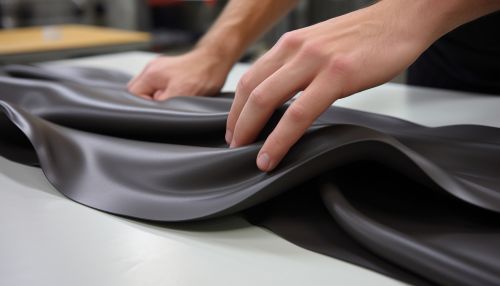The Mathematics of Topology and its Applications
Introduction
Topology, a branch of mathematics, is a study of properties that are preserved through deformations, twistings, and stretchings of objects. It is often referred to as "rubber sheet geometry" because it does not distinguish between a circle and a square, a doughnut and a coffee cup, or a three-dimensional apple and a three-dimensional doughnut, each pair having the same topology.


Basic Concepts
The fundamental concepts in topology are continuity, compactness, and convergence. Other important topics include topological spaces, open and closed sets, limit points, homeomorphisms, continuous functions, and metric spaces.
Continuity
In topology, a function is continuous if the inverse image of any open set is open. This definition of continuity is equivalent to the one in calculus, and it has the advantage of working in more general settings.
Compactness
A topological space is compact if every open cover has a finite subcover. This property is a generalization of the property of closed and bounded subsets of the real numbers.
Convergence
A sequence in a topological space is said to converge to a point if every neighborhood of that point contains all but finitely many points of the sequence. This concept generalizes the notion of a limit in calculus.


Topological Spaces and Continuous Functions
A topological space is a set, along with a collection of its subsets, satisfying certain properties. The subsets are called open sets, and the collection of open sets is called a topology on the set. Continuous functions between topological spaces are those functions that pull back open sets to open sets.
Metric Spaces
A metric space is a set with a distance function that satisfies certain properties. Every metric space can be given a topology, in which the open sets are those sets that contain an open ball around each of their points. Conversely, every topology comes from a metric space if it satisfies certain properties, such as being Hausdorff and second-countable.


Homeomorphisms
A homeomorphism is a continuous function between topological spaces that has a continuous inverse. Two topological spaces are said to be homeomorphic if there exists a homeomorphism between them. Homeomorphic spaces are essentially the same from the topological point of view.
Applications of Topology
Topology has found applications in various areas of mathematics and science. Some of the key applications include:
Algebraic Topology
Algebraic topology is a branch of mathematics that uses tools from abstract algebra to study topological spaces. The basic goal is to find algebraic invariants that classify topological spaces up to homeomorphism.
Differential Topology
Differential topology is the field dealing with differentiable functions on differentiable manifolds. It is closely related to differential geometry and together they make up the geometric theory of differentiable manifolds.
Topological Data Analysis
Topological data analysis is a field that applies topology and the principles of algebraic topology to data. It is used in data mining and machine learning, among other fields.
